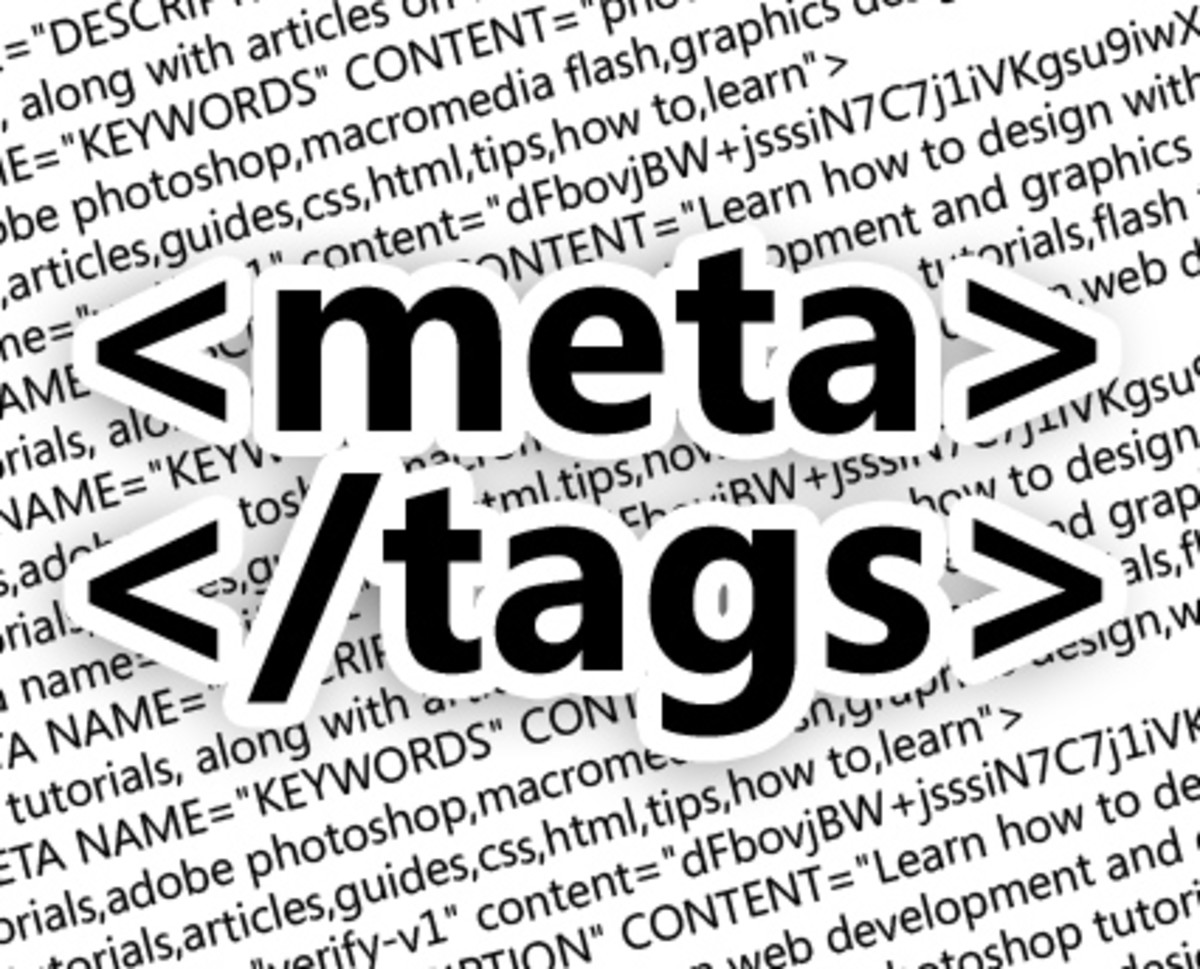How to Find Keywords For Effective SEO
A combination of different SEO strategies and factors must come together to create a high ranking for your web site, page or blog. Keywords, usually seen as the cornerstone of any search engine optimization, are words used to catalogue, index and find your web pages. This means that users or searchers looking for certain information type in certain words or keywords into the search engine box and then, the search engine returns results (pages) based on these keywords. The searcher then clicks on the first results until the wanted information is found.

In other words, keywords are tools used to help you improve your search rankings. Their strategic use in Internet marketing is one of the most important search engine optimization (SEO) strategies.
A highly visible and successful site depends on your understanding of keywords (choosing the right ones, where to find them, best ways to use them). Using the right keywords may list your page among the first 20 sites returned by search engines and the wrong keywords may bury your pages under hundreds of results returned before your site.
How to choose the right keywords?
Before you can choose the right keywords, you need to know how keywords are classified. There are four main types:
Ø Brand Keywords – are those keywords contained in your business name, business description or specific category of business.
Ø Generic Keywords – are keywords which are not directly associated with your company brand, but those which indirectly describe what you are offering or selling. For example, if you are selling clothing on your web site, then words such as clothing, T-shirts, dresses and swimming suits may be generic keywords.
Ø Pay-Per-Click Keywords – purchasing keywords that you pay a fee to use.
Ø Organic Keywords – naturally occurring keywords that you stumble upon and which seem to spontaneously appear in search results.
Another classification distinguishes between two main keyword terms:
Ø head terms – one or two short keywords in length that tend to have a very high search volume.
Ø tail terms – longer keyword terms or Long Tail Keywords, typically three or more that tend to have a low search volume compared to head terms.

Brainstorming: Broad keywords vs. Specific Key Phrases
The most competitive keywords usually require a paid keyword campaign even to come close to top ranking. These may also be your option, but you will more likely succeed if you brainstorm specific key phrases based on broad terms. Keyword optimization assumes thinking in terms of both broad keywords and deep phrases.
More specific keywords will probably draw smaller amounts of traffic, but the traffic that Long Tail keywords draw is based on visitors who are more likely to reach a conversion goal you've established for your site. Therefore, it is easier to achieve organic SEO with specific Long Tail keywords.
Keyword phrases are longer than single keywords but they are used in the same way and because they are specific, it is easier to rank high. According to some SEO experts, phrases containing two to three words are optimal.
Organic keywords
Gaining organic ranking can take four to six months or longer. Of course, there are exceptions where the process can take only a few hours. Using Google Analytics helps tracking the keywords that lead visitors to your pages. Google Analytics makes it possible to see how PPC (Pay-Per-Click) keywords draw traffic, but also what keywords still draw traffic without your investment.
Organic keywords are words associated with your web site, web page, blog, product or company. For example, a teacher might include various keywords about the area in which he or she specializes, but the keyword "teaching" won't necessarily generate high traffic unless it is combined with more specific keywords. If the teacher specializes in teaching English language, then the word "teacher" might be an organic keyword and "English language" might be the key phrase that the teacher bids for in a PPC service.

Keyword research
Keyword research is very important for a successful SEO campaign and should never be taken in a carefree manner. The first step is making a potential keyword list based on search volume – the number of times that users perform searches on a certain keyword over a period of time. Making a keyword list ensures a mix of keyword terms and thereby better chances for your SEO efforts; keywords with little search volume and those with rankings dominated by well-established authority sites will most probably damage your SEO.
How will you know which words or keywords have little or high search volume?
There are different keyword research tools and services which can help you with your SERPs. With the help of keyword suggestion tools you can find the right keywords for your site, check how competitive they are and whether they are popular, and most important, you can find some unexpected keywords that have low competition but are completely relevant to your site (see Long Tail Keywords).

Keyword density
Keyword density is a ratio or measurement of the number of times your keywords appear on the page vs. the total number of words on this page. Keyword density is not a 100% defined term, but most SEO experts agree that the right keyword density is around 5% to 7% (but not more than 10%).
If your content on a given page consists of 1,000 words and your single keywords (not key phrases) appear 10 times on that page, then your keyword density is 1%.
A text content consisting of 2,000 words (including tags) with keywords appearing a 100 times, has a 5% keyword density. These 100 keywords should be distributed throughout the page content carefully (you can't just scatter the words all around the text and expect high results).
For example, this article that you are reading counts about 1613 words. The keyword KEYWORD(S) (singular and the plural of the noun) is used about 85 times throughout the text (see also keyword placement). If we divide the number of times the keyword was used with the total amount of words in the text, we will get the percentage of the keyword being used in the content of this page:
85 ÷ 1615 = 0.0526
0.0526 x 100 = 5.26 %
So, the keyword density of the chosen primary keyword for this article is cca. 5 % .

Keyword placement
Once you find keywords that are right for your site, you must use them properly to get the best results, that is, to gain any value from them at all. After you have calculated the right keyword density for your content, you must put those keywords in the right places throughout the whole text. Optimal keyword placement includes keywords in:

Ø title tags (having keywords at the beginning of the title tag is optimal). Title tags may be the most important SEO tags for a website. Different search engines allow different number of characters for title length. For example, Yahoo! allows up to 120 characters (including spaces) while Google allows up to 66 characters. The World Wide Web Consortium (W3C) recommends that your titles are not longer than 64 characters.
Ø alt tags in graphic links (alternative attributes that refer to the text you may see in place of graphics)
Ø meta description tags. The value of meta description tag is not the same for all search engines. It seems that Google gives very little importance to meta description but Yahoo! does put weight on meta description text and uses that text directly under the page link in SERPs (search engine results pages). A meta description tag should be around 25 to 30 words (150 characters), include important keywords but it should differ a little from the text included in the title tag.
Ø anchor text. This is a text found on a given web site which is actually a hyperlink. Why is the use of anchor texts one of the most important search engine ranking factors? When a search engine crawler examines your web page, it follows all the links that you have on that page. Text-based links are an advantage because search engine crawler sees not only the link to another relevant page, but also the topic and the keywords.
Ø header tag content. This is important if you own your own website. Headers indicate the topic of a page and what the body text is about.
Ø body text. This is the text between headings or simply your article. Keywords should be used once in every paragraph or two. Another suggestion is to use them in the introductory part of the article, 2-4 times in the middle of the text and once in the conclusion.
Ø URLs . The URL (Universal Resource Locator) is the address of your web site on the Internet. URLs should be descriptive and short (not longer than 5 words, if possible). In short, you should include your keywords in page URLs because they also give searchers the idea of what to expect on your page.

Beware of keyword stuffing
Keyword stuffing is the practice of overloading your site with keywords in order to improve search rankings. Yet, the result is quite the opposite because search engine crawlers use an algorithm to determine whether the keyword density is reasonable. If the crawler finds that the number of times that you used your keywords is more than your page can support, then you get a low quality score, dramatically drop deeper into search engine and even end up with your content being completely removed from search results.
Therefore, be very careful in how many times you include keywords in title, headings, tags, text, links and body of the text.

An SEO handbook: a great source for beginners


Search engine optimization may sound a little overwhelming at the beginning, but if you take your time to study the process, things will come into place. SEO keywords (organic and long tail keywords, keyword density and placement) are just one aspect of SEO.
If you'd like to learn what SEO really is, you can check out interesting and helpful SEO quotes collected from books written by most popular SEO experts.

Copyright © vox vocis. All rights reserved.








